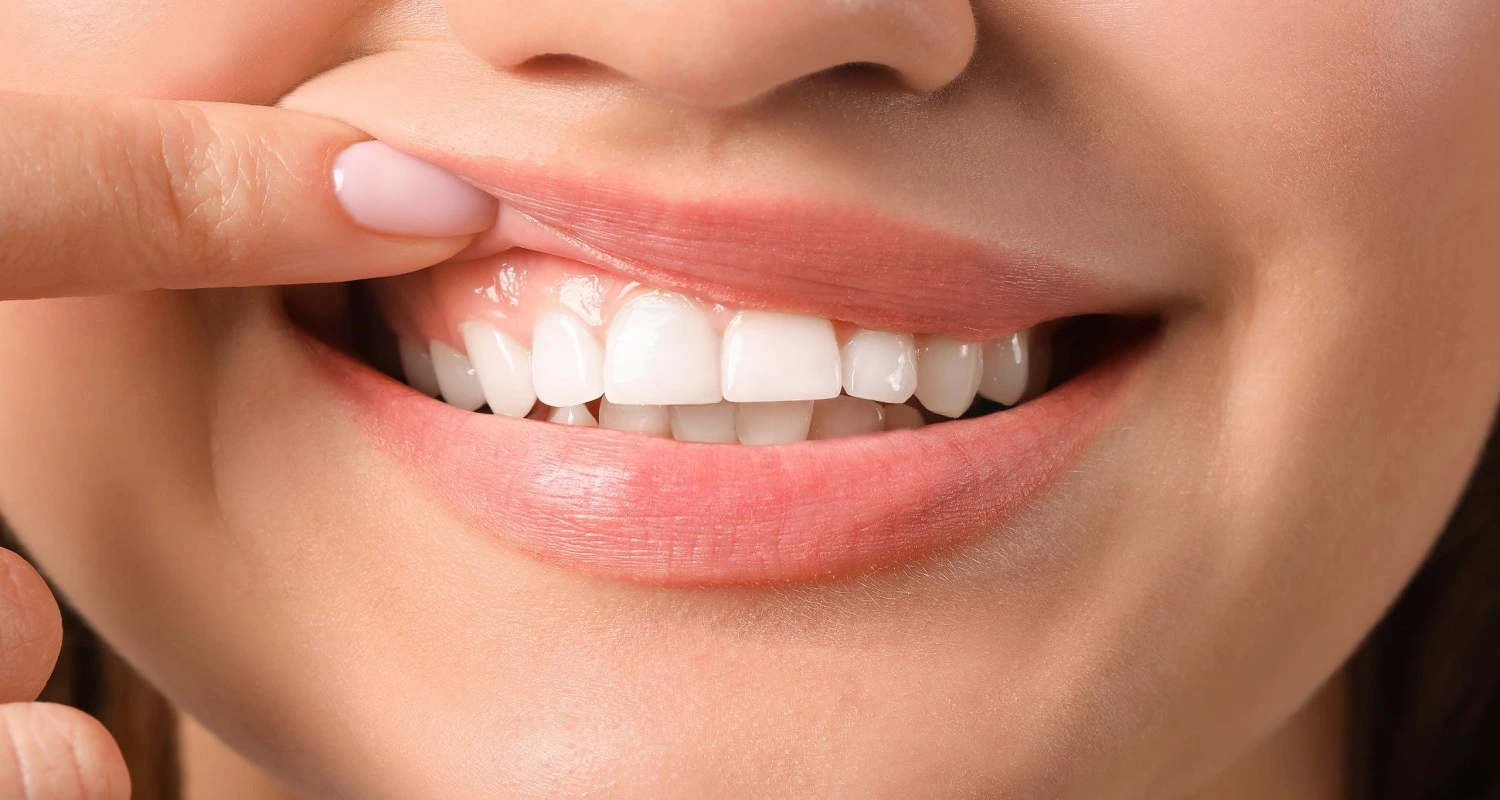Last Updated on: 10th December 2025, 06:58 am
Endodontist vs periodontist can be confusing for many patients, in this article you will find the differences between these 2 specialties, and when it is advisable to consult with each specialist for dental treatment.
Dentistry is a very broad field of study. Although the general dentist performs a large number of procedures, there are cases in which, due to their complexity, it is necessary to go to a specialized dentist.
Endodontist
Endodontics is a dental specialty that treats diseases associated with the inner part of the tooth: the roots and canals, the nerve (the pulp), and the pain associated with them.
All teeth have at least one root canal, the area that houses the dental pulp. It is made up of nerves, connective tissues, and blood vessels, which keep teeth alive and healthy.
Generally, endodontic problems are caused by dental caries or lesions, which affect the dental nerve and/or develop infections.
Signs and symptoms that require endodontic treatment:
• Dental pain
• Dental trauma (blow, fracture, displacement of restorations, among others)
• Dental sensitivity to cold, heat, and sweet
• Apical lesion (infection at the tip of the tooth root)
• Color change in the tooth (such as gray)
• Nerve death (pulp necrosis)
• Swelling of the face
What Procedures does an Endodontist Perform?
The endodontist will do everything possible to keep the teeth. The first treatment option is:
1. Endodontics or root canal treatment
Endodontic surgery is a treatment in which the nerve of the affected dental piece is removed, generally under local anesthesia, the canals are cleaned with instruments called files (rotary or manual technique) and later filled with a particular material called gutta-percha.
In most cases, the root canal treatment is successful and the tooth does not bother the patient again; but there are times when this treatment fails and a more complex procedure is required. The options are:
2. Root canal treatment
When a first root canal treatment becomes contaminated or is not well done, the indication is to repeat it. The retreatment consists of removing the gutta-percha from the root canal, cleaning it, and filling it again.
3. Apical surgery
In the apical area (tip of the root) an injury can occur. Normally it heals after performing a root canal treatment; but in some people, this lesion never disappears and or reappears after a while.
In this case, it is recommended to perform apical surgery, which consists of cutting the gum and surgically removing the lesion and the tip of the root. Then the area is sealed with a special material, and the wound is closed with a suture.
After the aforementioned treatments, it is recommended to carry out a clinical and radiographic control at 3 or 6 months to evaluate the healing process of the lesions and the state of the endodontics and the tooth.
Periodontics
Periodontics is a dental specialty that treats diseases associated with the gums and tooth-supporting tissues (the alveolar bone and periodontal ligament).
The teeth rest inside a cavity called the alveolus, which is surrounded by bone, and is attached to it through fibers that surround the entire root of the tooth called the periodontal ligament. All this is covered by the gums.
The primary mission of periodontists is to detect, prevent, and treat gum disease:
• Gingivitis: Gum inflammation; It can be easily treated with dental cleanings.
• Periodontitis: Serious gum infection that causes bone loss around the tooth.
In general, these diseases are associated with poor oral hygiene, since when tartar or plaque sticks to the dental surface, the gum begins to separate from the tooth, creating a “pocket” in which the plaque is housed. It hardens and develops serious infections, which can be made worse by bad habits like smoking.
Signs and symptoms that require periodontal treatment:
• Gum swelling
• Bleeding gums
• Tooth mobility
• Bad breath
• Tooth loss
• Redness of the gums
• Periodontal pockets: the space between the gum and the tooth
What Procedures Does a Periodontist Perform?
To deal with gum disease, the periodontist can perform the following treatments:
1. Scaling and root planing
It consists of cleaning the plaque below the gum line, during which manual instruments (curettes) or ultrasound (scaler) can be used.
2. Gum surgery
When there are very deep periodontal pockets that cannot be cleaned with scaling and root planing, and the bone has begun to be lost, surgery must be done in which the gum is lifted and the dental roots are revealed. They are cleaned to remove all debris and plaque remnants, then the gum is put back in place and sutured.
In addition to treating gum disease, periodontists are trained to perform various surgical procedures. The most common are:
1. Dental implant placement
In the dental implant procedure, a screw is utilized to replace a missing dental piece and mimic the dental root. Familiarizing yourself with the steps involved in the dental implant procedure is crucial. Here are the essential steps in the dental implant procedure that you should be aware of.
2. Bone graft surgery
When there is a need to restore lost bone in the maxilla or mandible, a Dental Bone Graft is utilized.
3. Crown lengthening
Surgery in which the gum and bone are reshaped and part of the tooth is uncovered. It is generally performed for a dental restoration when there is not enough tooth to support it. This procedure, called gum contouring, is generally performed for a dental restoration when there is not enough tooth structure to support it.
4. Gingivectomy
A type of surgery in which part of the gum that surrounds the tooth is cut, most of the time to improve aesthetics.
5. Gum graft surgery
When the roots of the teeth are exposed because gums have been lost, a graft can be placed to cover the root.
Prevention
In general, maintaining good oral hygiene can prevent endodontic and periodontal diseases. It is recommended to visit the dentist every 6 months, brush your teeth at least twice a day, and use hygiene items such as toothpaste and dental floss.
Endodontist vs Periodontist
The general dentist can handle some simple endodontic and periodontal needs. However, in more complex cases, which require a greater understanding and level of experience, the dentist will refer the patient to one of these specialties.
In some cases, it is necessary to perform endodontic and periodontic consultation together with rehabilitation to ensure ideal care.
You may want to find out if your insurance coverage includes these treatments.
If you feel discomfort or pain in the gums and teeth, it is recommended to schedule a dental consultation as soon as possible to identify the dental problems and receive the required specialty care in time.
Share:
References
1. AAE. (August 30, 2022). What’s the difference between a dentist and an endodontist? American Association of Endodontists. https://www.aae.org/patients/why-see-an-endodontist/whats-difference-dentist-endodontist/
2. Del Fabbro , M. , Corbella, S. , Sequeira-Byron, P. , Tsesis, I. , Rosen, E. , Lolato, A. , & Taschieri, S. (2016).Endodontic procedures for retreatment of periapical lesions. The Cochrane Library, 2016(12). https://www.cochranelibrary.com/cdsr/doi/10.1002/14651858.CD005511.pub3/full
3. Endodontist. (Reviewed: January 10, 2023) Cleveland Clinic. https://my.clevelandclinic.org/health/articles/16959-endodontics
4. Marks, J. (Updated: September 4, 2018). What to Expect from Periodontal Surgery. Healthline. https://www.healthline.com/health/dental-and-oral-health/periodontal-surgery
5. Rotstein, I. (2017).Interaction between endodontics and periodontics. Periodontology 2000, 74(1), 11-39. https://onlinelibrary.wiley.com/doi/10.1111/prd.12188
6. What is a Periodontist? (June 21, 2019). American Academy of Periodontology. https://www.perio.org/for-patients/what-is-a-periodontist/
7. What Is a Periodontist? (Reviewed: June 23, 2021) WebMD. https://www.webmd.com/a-to-z-guides/what-is-periodontist
-
Nayibe Cubillos M. [Author]
Pharmaceutical Chemestry |Pharmaceutical Process Management | Pharmaceutical Care | Pharmaceutical Services Audit | Pharmaceutical Services Process Consulting | Content Project Manager | SEO Knowledge | Content Writer | Leadership | Scrum Master
View all posts
A healthcare writer with a solid background in pharmaceutical chemistry and a thorough understanding of Colombian regulatory processes and comprehensive sector management, she has significant experience coordinating and leading multidisciplina...



















